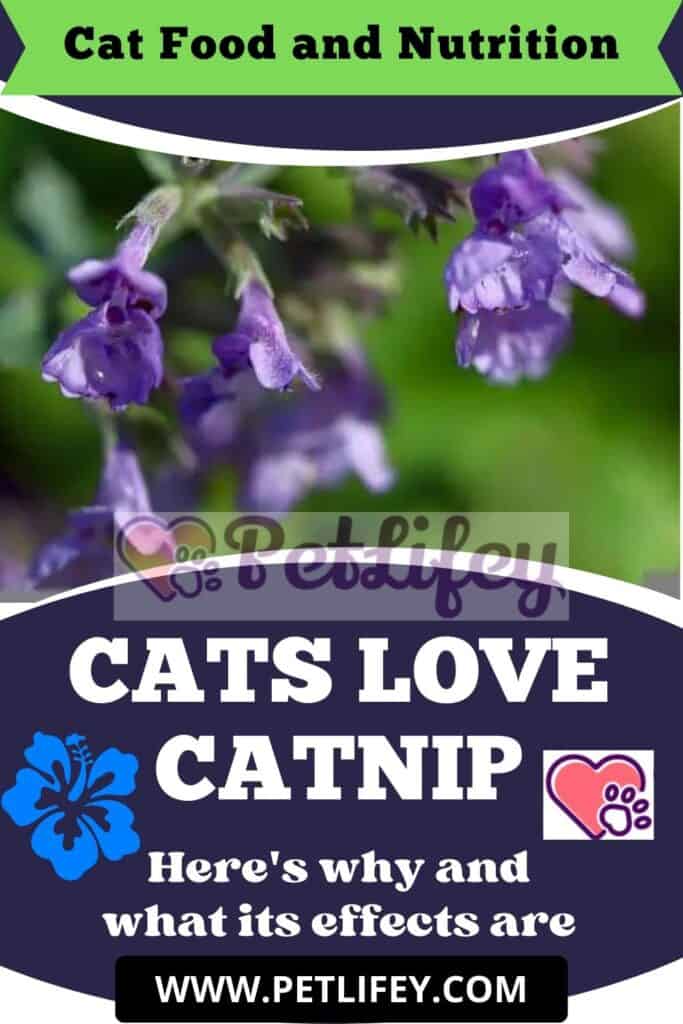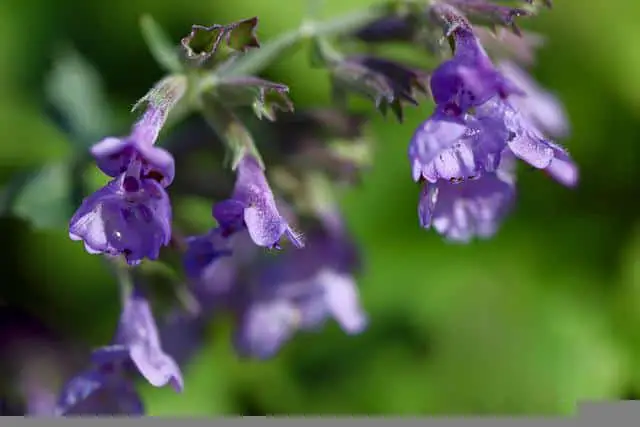
Why are cats crazy for catnip? Here are the characteristics of this plant and what happens when they eat it.
Attentive owners know this: if they want to make their felines happy, they have to give them catnip. But what are the beneficial characteristics of this wonderful plant? But above all: is it bad for our cats when they eat it? Here is everything you need to know about this plant and some useful tips for growing it in our garden.
Catnip: what it is
Its botanical name is Nepeta Cataria, but it is known as ‘catnip’ or gattaria or cat mint. It is found scattered on all continents except Australia, although not everyone is equally appreciated. In particular in the USA they consider it harmful due to the ease and brevity with which it reproduces. In Italy it is found mainly in mountainous areas and in the Alps. If we think we have seen it in pet shops, we are probably deceiving ourselves: the filiform one is just one of the 250 varieties of catnip; the ‘original’ one has a pleasant mint scent.
Catnip: properties
Let’s not be fooled by appearances: real catnip does not have long, threadlike green strands. It is an aromatic herb that has a tall, gray stem with a woody appearance. The flowers, on the other hand, are small and delicate divided into pairs, white-pink or lilac. Finally, it is completed by the increasingly smaller leaves at the upper end. Catnip belongs to the Labiate family and is characterized by a mentholated smell due to nepatalactone, which ‘bewitches’ cats. They are crazy about it even if its use is often linked to little ‘edifying’ reasons: in fact they often eat it to throw up hairballs or in case of indigestion.
Why grow catnip: benefits
But is catnip bad for our cats? Are there any risks to the cat that eats grass? Absolutely no! Indeed it has a euphoric effect and is not only good for our four-legged friends.
It’s good for cats
It is not just a question of taste, but above all of health. Cats are attracted to the particular minty smell it gives off, and at the same time they are prone to stay away from poisonous ones. They are so drawn to it that they seem mesmerized – even catnip essence sprays are effective for this purpose. As already mentioned, catnip also has a digestive function: by eating the threads of the filiform one they stimulate the stomach to expel the hairballs.
It is also useful to man
Not only does cats like it but it is also an excellent repellent for insects and mosquitoes. Having her at home is therefore a pleasure. Not only for its pleasant mint scent but also because it keeps away the danger of insect bites on our animals and on us humans. In particular, it also benefits women during the menstrual cycle thanks to its antispasmodic properties. It is also useful in case of:
Contractures
Insomnia
Stress
Cramps
Bronchial catarrh
Indigestion
Headache
Feverish states
How to grow catnip

Whenever possible, all cat owners should dedicate a space in the garden to grow catnip. It does not need special care, it grows by itself and in a rather short time. It is possible to plant seeds or transplant one bought in a jar.
Suitable climatic conditions
It does not need a particular climate to make it grow: it is born and develops everywhere, with the sun or in the shade, but it is preferable in sunny environments. The important thing is that the soil is always moist and constantly drained: it is important to water them a few times a day.
Planting seeds
If we have purchased catnip seeds, it is important to plant them all close together whether it is a small piece of glass or a vase. In the latter case it is important to avoid the stagnation of water with pebbles on the bottom and cover them with soil. On this layer of soil make small holes and place the seeds: once covered with earth and water, after a week it will bear fruit.
Transplant
It is preferable to use seeds, but if we already have plants, just fertilize them with homemade compost.






